- What Earth’s Magnetic Field Has to Do With Climate History - October 7, 2025
- The Science Behind Heat Domes and Their Growing Impact - October 7, 2025
- What Ancient Lake Beds Teach Us About Past Rainfall Patterns - October 6, 2025
The Real Culprit Behind Methane Emissions Isn’t Agriculture
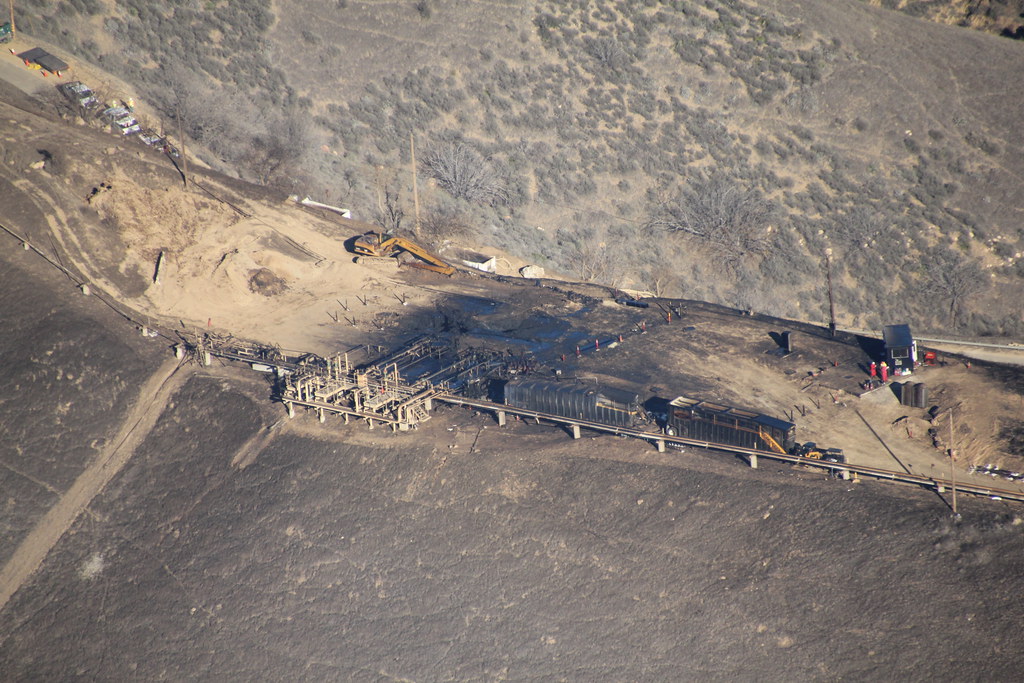
While everyone points fingers at cow burps and rice paddies, the energy sector quietly pumps out nearly 40% of all human-caused methane emissions. The International Energy Agency’s 2024 Global Methane Tracker revealed that oil and gas operations alone released 120 million tons of methane in 2023. That’s equivalent to the entire annual emissions of Germany.
What makes this particularly shocking is how preventable these emissions are. Unlike biological sources like livestock, energy-related methane leaks can be fixed with existing technology. Yet companies continue to let billions of dollars worth of natural gas escape into the atmosphere every year, creating a climate disaster that’s largely invisible to the public eye.
Abandoned Oil Wells Are Methane Time Bombs
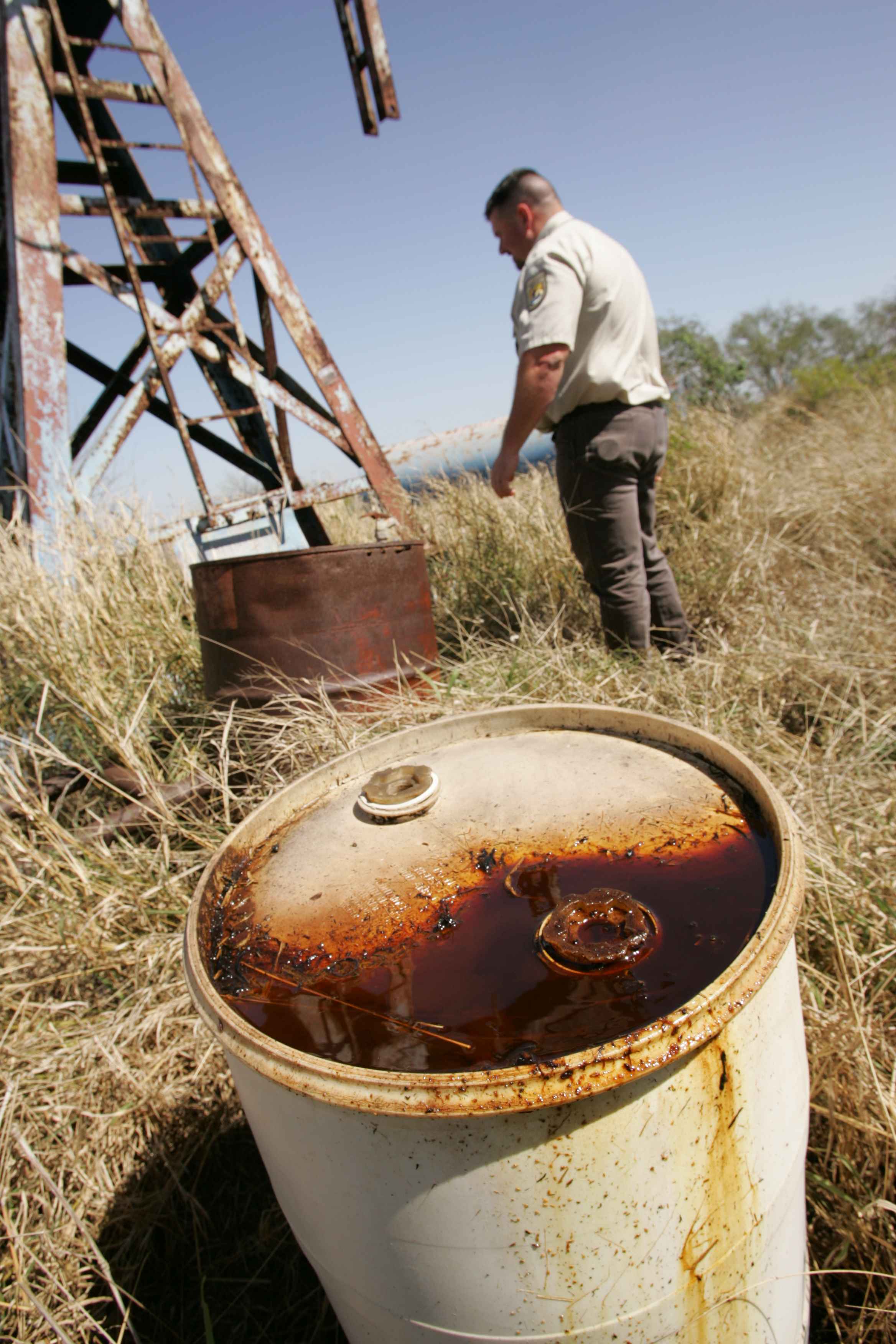
Across the United States, over 3.9 million abandoned oil and gas wells dot the landscape like forgotten scars. A 2024 EPA study found that these orphaned wells emit approximately 280,000 tons of methane annually. That’s the climate equivalent of keeping 2.1 million cars on the road for an entire year.
The problem runs deeper than anyone imagined. Recent satellite data from the Environmental Defense Fund shows that many of these wells weren’t properly sealed, allowing methane to seep continuously into the atmosphere. Pennsylvania alone has over 200,000 documented abandoned wells, with an estimated 750,000 more undocumented ones scattered across the state.
The Inflation Reduction Act allocated $4.7 billion specifically for plugging these wells, but experts estimate the total cost could exceed $280 billion nationwide. It’s like trying to put bandages on wounds that have been bleeding for decades.
Landfills Generate More Methane Than Entire Countries
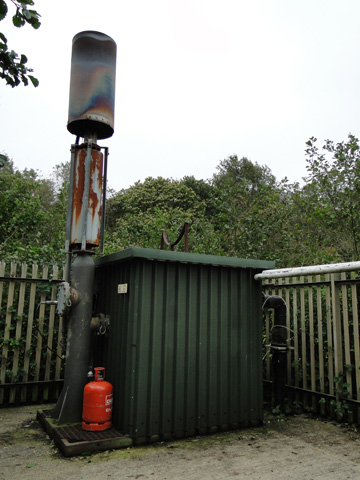
America’s 2,600 active landfills collectively emit more methane than many developed nations. The EPA’s 2024 Inventory of US Greenhouse Gas Emissions reported that municipal solid waste landfills released 114.5 million metric tons of CO2 equivalent in methane emissions. To put that in perspective, that’s more than the total greenhouse gas emissions of countries like Argentina or Thailand.
What’s particularly disturbing is that food waste alone accounts for 58% of landfill methane emissions. Every banana peel and leftover sandwich that rots in a landfill produces methane for 15 to 25 years. The average American throws away 80 pounds of food per month, essentially feeding these methane-producing factories.
Modern landfills are required to capture methane, but compliance varies wildly. A 2024 investigation by the Environmental Integrity Project found that 40% of large landfills exceeded EPA methane emission limits, yet faced minimal enforcement action.
The Permafrost Methane Bomb Is Already Going Off
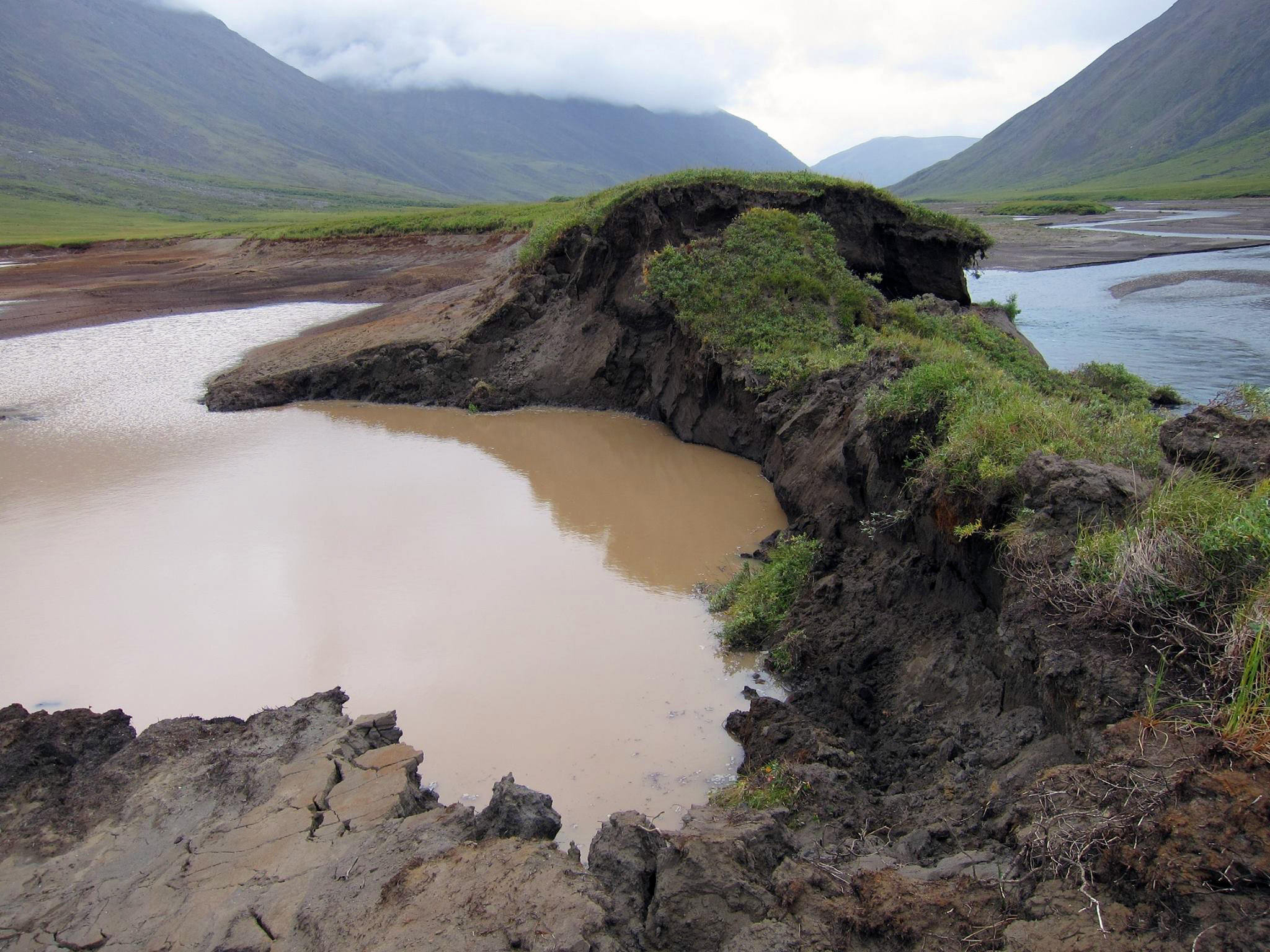
Arctic permafrost contains twice as much carbon as the entire atmosphere, and it’s melting faster than scientists predicted just five years ago. NASA’s 2024 Arctic Report Card showed that permafrost temperatures have risen by 0.39°C since 2007, with some regions warming by over 2°C. When permafrost thaws, it releases both CO2 and methane, but the methane component often gets overlooked.
The Woodwell Climate Research Center’s latest study found that thawing permafrost could release between 30 to 150 billion tons of carbon by 2100. Even more alarming, underwater permafrost in the Arctic Ocean is releasing methane bubbles at rates 10 times higher than previously estimated.
This isn’t a future problem waiting to happen – it’s happening right now. Satellite measurements show methane concentrations in the Arctic increasing by 10-15 parts per billion annually, compared to the global average of 8 parts per billion. The feedback loop has already begun.
Natural Gas Infrastructure Leaks Like a Broken Faucet

The United States has over 2.7 million miles of natural gas pipelines crisscrossing the country, and they leak constantly. A comprehensive 2024 study by researchers at Stanford University found that the natural gas distribution system loses between 2.3% to 2.7% of all gas transported. That might sound small, but it represents billions of cubic feet of methane escaping annually.
Urban areas face the worst leakage rates. Boston’s aging pipeline network loses an estimated 15,000 tons of methane each year, according to recent measurements by Harvard researchers. New York City isn’t far behind, with over 5,400 documented gas leaks reported to utility companies in 2024 alone.
The economic waste is staggering. At current natural gas prices, the leaked gas represents approximately $3.8 billion in lost value annually. Meanwhile, utilities pass the cost of this waste directly to consumers through higher rates, creating a system where customers literally pay for pollution.
Rice Production Emits More Methane Than All Transportation

Rice paddies produce approximately 12% of global methane emissions, roughly equivalent to 1.5 billion tons of CO2 annually. This makes rice cultivation responsible for more methane than the entire global transportation sector. The problem stems from flooded rice fields creating perfect anaerobic conditions for methane-producing bacteria.
China and India, the world’s largest rice producers, contribute over 60% of rice-related methane emissions. A 2024 study published in Environmental Research Letters found that traditional flooding methods could release up to 30% more methane than previously calculated due to improved measurement techniques.
The irony is brutal: the crop that feeds half the world’s population is also accelerating climate change. With global rice consumption projected to increase by 25% by 2030, this problem will only intensify unless farming practices change dramatically.
Coal Mines Release Methane Even After They Close
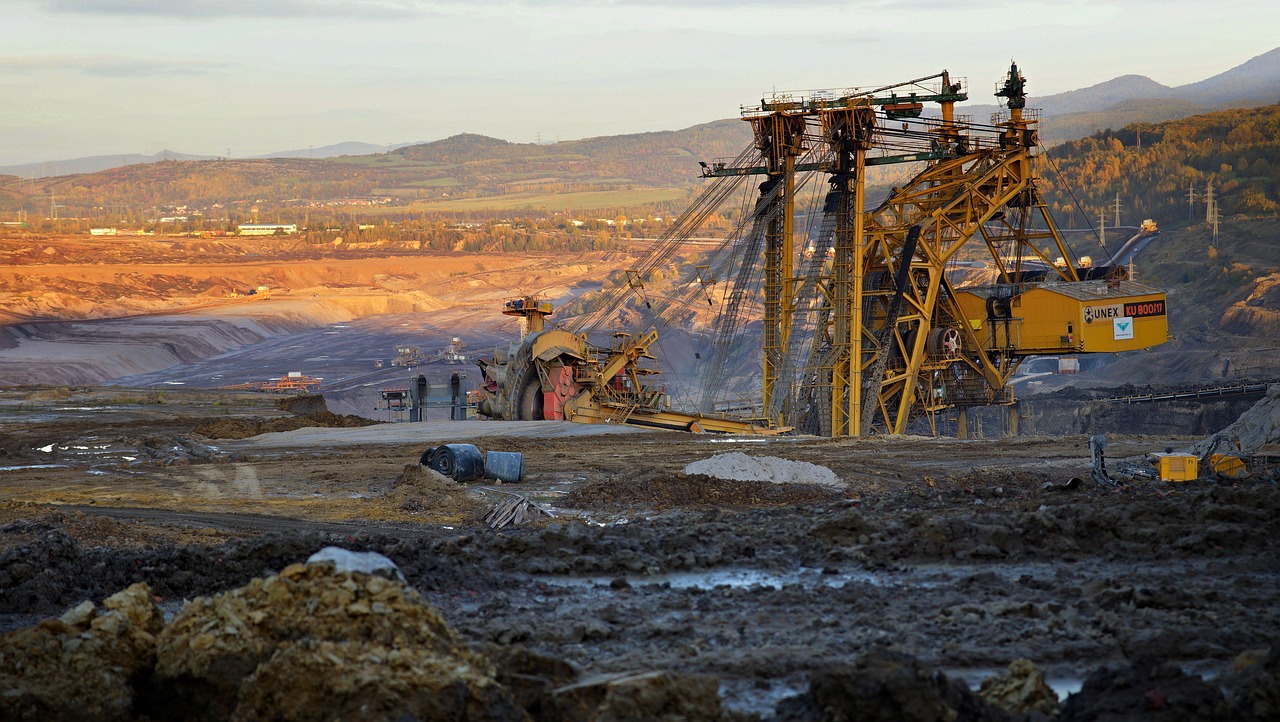
Active coal mining operations release approximately 40 million tons of methane globally each year, but abandoned mines continue emitting methane for decades after closure. The US Mine Safety and Health Administration’s 2024 report documented over 180,000 abandoned coal mine openings across 27 states, many still venting methane.
Pennsylvania’s abandoned coal mines alone emit an estimated 280,000 tons of methane annually. That’s equivalent to the emissions from 1.8 million cars. The problem extends far beyond America – China’s abandoned coal mines release an estimated 7 million tons of methane yearly, according to recent satellite analysis.
Unlike oil wells, abandoned coal mines are rarely sealed properly because methane venting was historically seen as a safety measure to prevent explosions. Now these safety vents have become climate liabilities that continue polluting long after the economic benefits ended.
Wetlands Are Releasing Unexpected Methane Surges

Natural wetlands have always produced methane, but climate change is supercharging these emissions in unexpected ways. NASA’s 2024 Global Climate Change and Impacts Study found that wetland methane emissions increased by 7% annually between 2020 and 2023, far exceeding previous projections.
The Amazon wetlands experienced a particularly dramatic surge, with methane emissions increasing by 15% in 2024 compared to 2020 levels. Rising temperatures and changing precipitation patterns are creating ideal conditions for methane-producing microbes. What’s more concerning is that these increases weren’t predicted by climate models just five years ago.
Coastal wetlands face a double threat. Sea level rise is expanding wetland areas while simultaneously increasing water temperatures, both factors that boost methane production. The Chesapeake Bay’s wetlands now produce 23% more methane than they did in 2000, according to NOAA measurements.
Methane’s 20-Year Climate Impact Dwarfs CO2
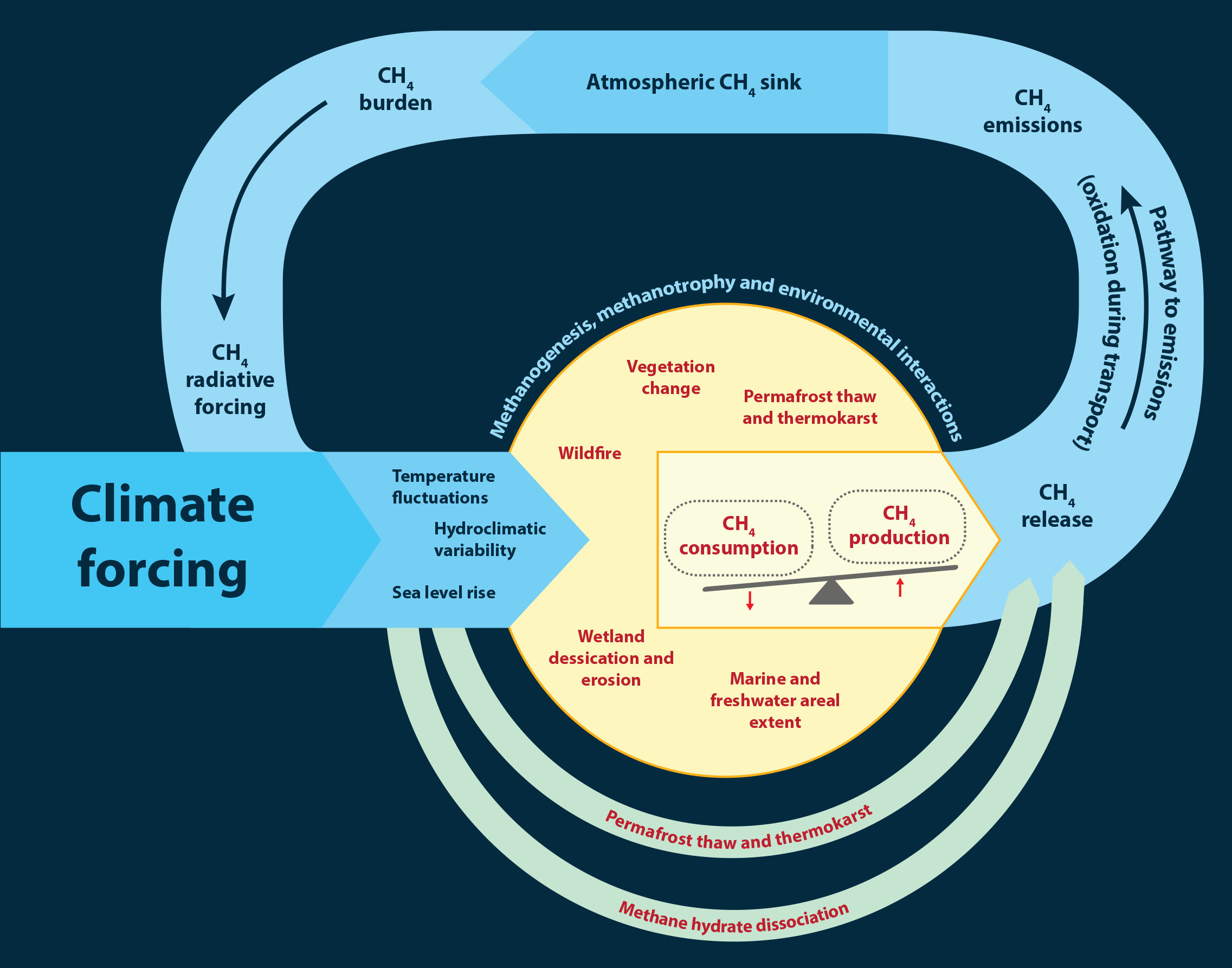
Here’s the number that should terrify everyone: methane traps 82 times more heat than CO2 over a 20-year period. While methane breaks down faster than CO2, its short-term warming impact is devastating. The Global Methane Assessment 2024 revealed that methane is responsible for approximately 30% of current global warming.
Atmospheric methane concentrations hit a record high of 1,931 parts per billion in 2024, representing a 162% increase since pre-industrial times. The rate of increase has actually accelerated in recent years, rising by 15-17 parts per billion annually since 2020 compared to 5-10 parts per billion in the 2000s.
The IPCC’s latest calculations show that reducing methane emissions by 45% by 2030 could prevent 0.3°C of warming by 2045. That might sound small, but it could be the difference between manageable and catastrophic climate impacts for billions of people.
The Methane Detection Revolution Is Exposing Hidden Leaks
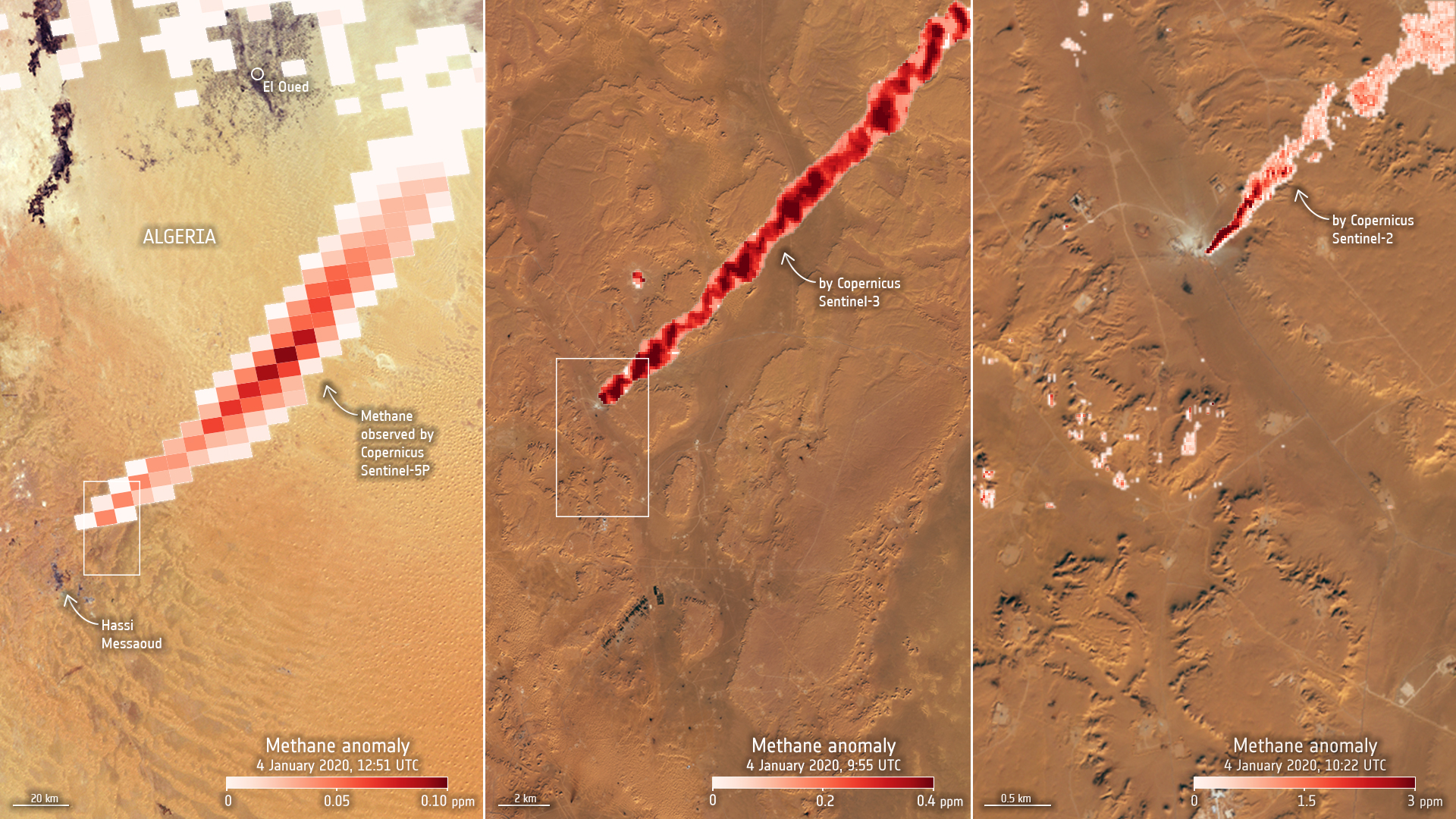
Satellite technology is revolutionizing our understanding of methane emissions by revealing massive leaks that ground-based monitoring missed entirely. The Environmental Defense Fund’s MethaneSAT, launched in March 2024, has already identified over 50 “super-emitter” sites that collectively release more methane than some small countries.
One particularly shocking discovery involved a natural gas facility in Texas that was emitting 870 tons of methane per hour – equivalent to the emissions from 500,000 cars. The leak went undetected by traditional monitoring for over six months. Similar discoveries are being made weekly as satellite coverage expands.
Google’s partnership with the Environmental Defense Fund has created AI algorithms that can automatically detect methane plumes in satellite imagery. This technology identified 1,800 significant methane leaks globally in just the first quarter of 2024, suggesting the actual scale of methane pollution far exceeds official estimates. The revolution in detection is revealing that the methane problem isn’t just bigger than we thought – it’s everywhere we didn’t think to look.
